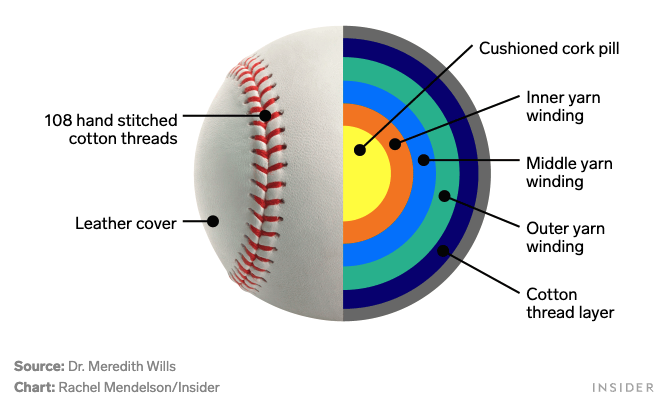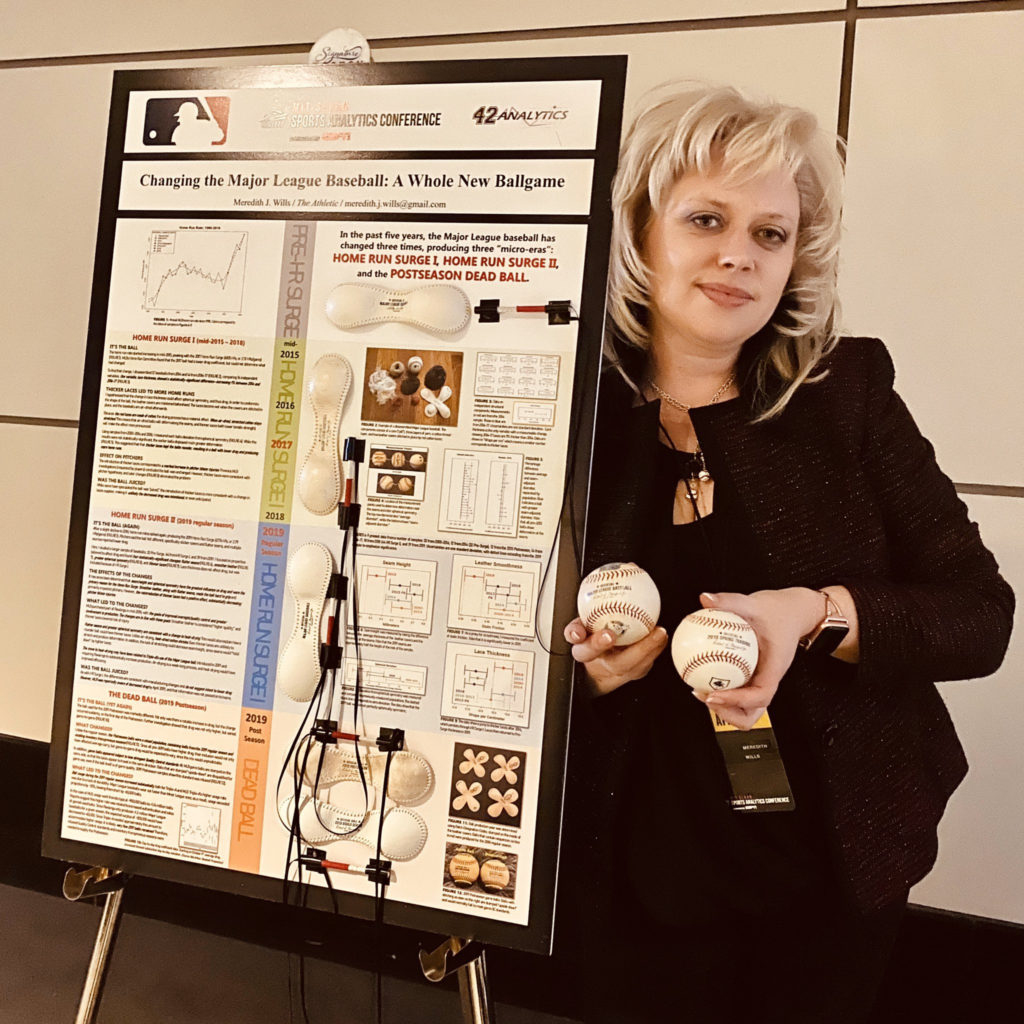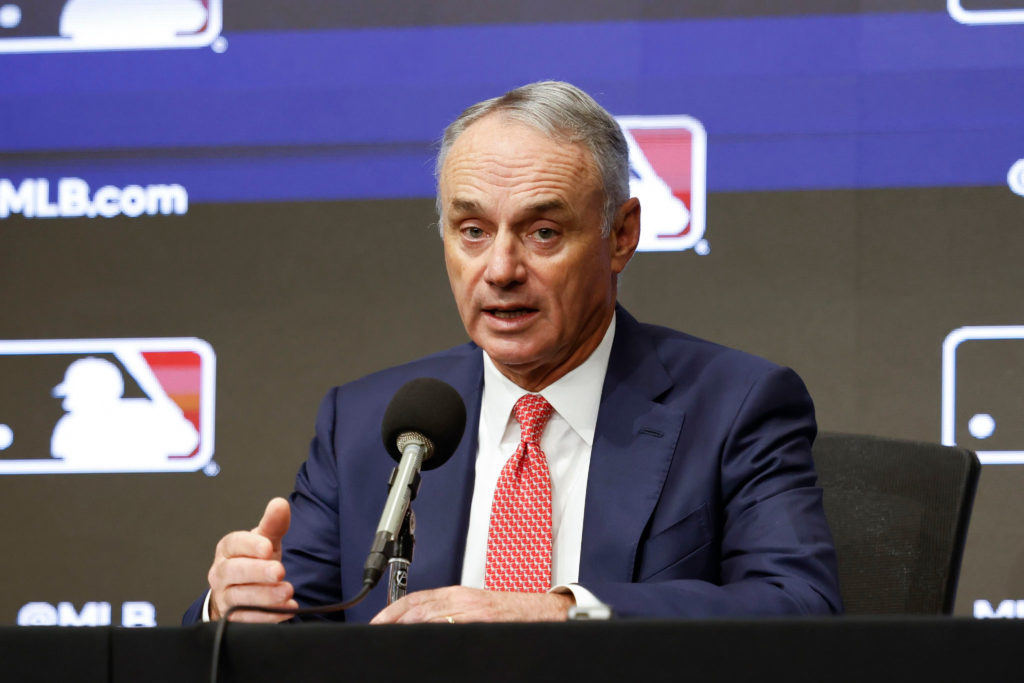In 2022, MLB Commissioner Rob Manfred took drastic measures to keep the world of baseball away from the grasp of one person—Dr. Meredith Wills. Despite her significant contributions to baseball research over the past five years, MLB has largely tried to suppress her work. The juiced ball controversy has dominated discussions in the baseball community, and Dr. Wills’ investigations have been at the forefront of this ongoing debate.

The Rise of the Juiced Ball Phenomenon
In 2015, a significant shift occurred in Major League Baseball (MLB) as players started hitting more home runs than ever before. Dr. Meredith Wills, a former astrophysicist with a unique background in baseball physics and data analysis, embarked on a groundbreaking research journey to understand the cause behind this surge in home runs. Her investigations quickly made her one of the most important figures in baseball, while also making her a target for MLB.
Unraveling the Secrets of the Baseball
Dr. Wills’s research focused on dissecting baseballs from different eras to uncover changes that may have contributed to the increased home run rates. Her findings revealed significant variations in the newer baseballs, including smaller size, increased density, and thicker stitching. These alterations resulted in a more aerodynamic ball that traveled farther off the bat. Pitchers also faced challenges due to the ball’s changes, experiencing difficulties with grip and command.

The Science of Baseball with Dr. Meredith Wills (Podcast)
Rhea Butcher talks to astrophysicist, sports data scientist, and baseball superfan Dr. Meredith Wills!
MLB’s Response and Continued Controversy
Rob Manfred initially denied any changes to the ball and attributed the increased home run rates to changes in player approaches. However, Dr. Wills’s research and player frustrations contradicted these claims. In 2018, MLB took control of the manufacturing process, seemingly aiming to address the issue. Yet, the following year witnessed even more home runs, raising questions about the effectiveness of MLB’s actions.

As Dr. Wills continued her research, she uncovered further inconsistencies in MLB’s handling of the baseballs. The mixing of baseballs from different years in the 2021 season called into question the league’s transparency and potential manipulation. Despite increased scrutiny and attempts to hinder her research, Dr. Wills persevered, obtaining a substantial sample of baseballs from the 2022 season. This analysis revealed the persistence of juiced balls and the emergence of “goldilocks balls,” raising further concerns about MLB’s manufacturing process.
The goldilocks balls fell between the juiced balls and dead balls in terms of performance characteristics. Notably, they appeared in three specific scenarios: postseason and World Series games, the All-Star Game and Home Run Derby, and regular season games with commemorative stamps. While MLB claims that these discrepancies are unintentional, the implications raise questions about the manufacturing process and the league’s handling of special baseballs.

Looking Ahead: The Future of Baseball Integrity
MLB’s attempts to discredit Dr. Wills and her research have only fueled public interest and outcry. The independent nature of her work highlights the importance of unbiased investigations in uncovering issues that affect the game. MLB’s reluctance to address the concerns effectively until exposed publicly is a testament to the power of her research and the public pressure it generates.
As she prepares to continue her work in 2023, the baseball community eagerly awaits further discoveries. The hope is that MLB will take decisive action to address the inconsistencies and restore trust among players, fans, and researchers. The future of the game’s integrity lies in the hands of those committed to uncovering the truth and ensuring a fair and balanced playing field.